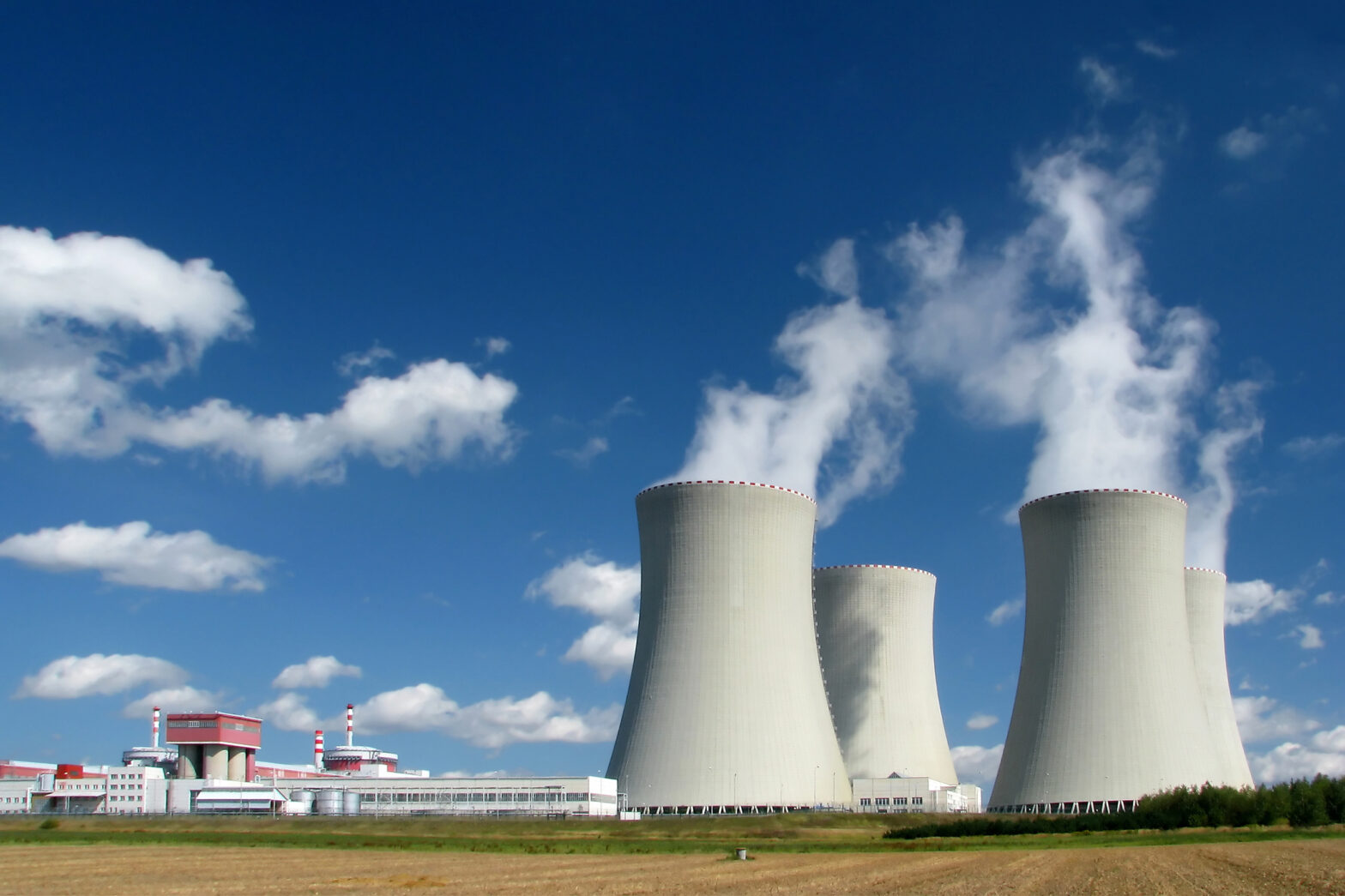A new report from Capgemini’s Digital Transformation Institute has found that increased digital investments by power plant owners will create significant generation efficiency gains, driving down both operating costs and CO2 emissions
The research revealed that utility companies are investing in significant digital enhancements to coal and gas-fired energy generation to increase production efficiency and reduce their generation costs.
>See also: The future of aerospace manufacturing is digital
Over the past five years, firms have invested an average of $330 million in digitising their power plants. Continued investments will see one in five power plants (19%) becoming ‘digital plants’ by 2025, operating with approximately 27% lower costs and, together, contributing to a 4.7% reduction in global carbon emissions from power generation.
Reducing energy generation costs
The report, which surveyed utility leaders across China, France, Germany, India, Italy, Sweden, UK and US found the increased production efficiency achieved from digitisation will enable utilities to bring down energy generation costs.
The report found that power plants with digital technology will see 27% lower production costs, with individual plants saving $21 million each year on average. As the price of renewable energy continues to reduce, these savings will enable organisations with gas and coal-fired plants to remain competitive.
With global electricity demand increasing year-on-year and ambitious global carbon reduction targets to meet, these digital investments will ensure that traditional power plants can continue to contribute to an energy ecosystem increasingly shifting towards renewable energy sources.
More environmentally friendly power production
The research also provides an optimistic outlook on the environmental benefits of digitising power plants. Utilities expect that digital investments will enable them to increase the energy produced from fossil fuels with a resultant decrease in carbon emissions.
>See also: Smart factories to add $500BN to global economy in next 5 years
By 2025, digitised plants will annually produce 625 million metric tons less carbon emissions equivalent to a 4.7% reduction in global emissions from power plants, 28.6 billion more trees or 133 million less passenger vehicles on the planet.
Greater gains possible from digital
Despite the huge potential gains from deploying digital plants only 8% of utility organisations are currently digitally mature and just 19% of power plants are expected to be digital within five years.
If more utilities were to prioritise digital investments then the benefits to the industry and climate could be much greater. However, the report highlights the need to acquire the digital maturity required to plan and manage digital power plant projects. A ‘digital beginner’ organisation typically achieves 33% less in productivity gains than a ‘digitally mature organisation’ from digitising.
>See also: Digital business trends 2017
Perry Stoneman, Global Head of the Energy & Utilities sector at Capgemini said, “It’s clear that digital is already transforming power generation, enabling utilities to remain competitive and significantly reducing global carbon emissions. However, the industry can go further. With many utilities yet to digitise power plants, it is possible to reduce carbon emissions even more, if these utilities invest in digital skills and technologies. Firms which choose to embrace the digital future of power production now will gain a greater competitive advantage, lower production costs and boost their brand reputation.”







